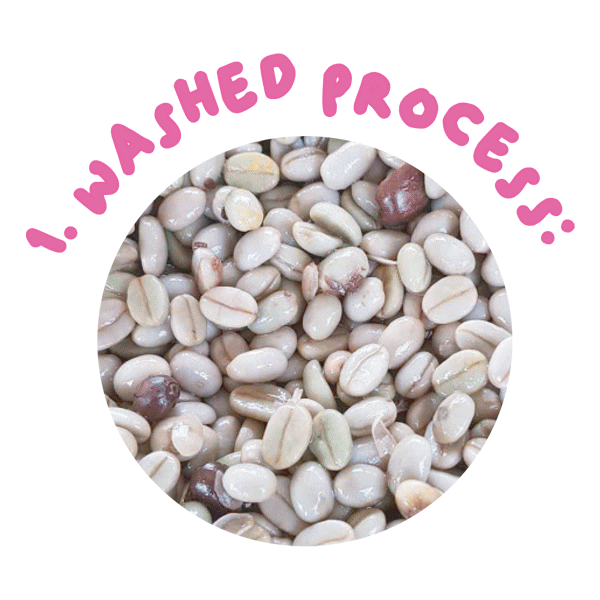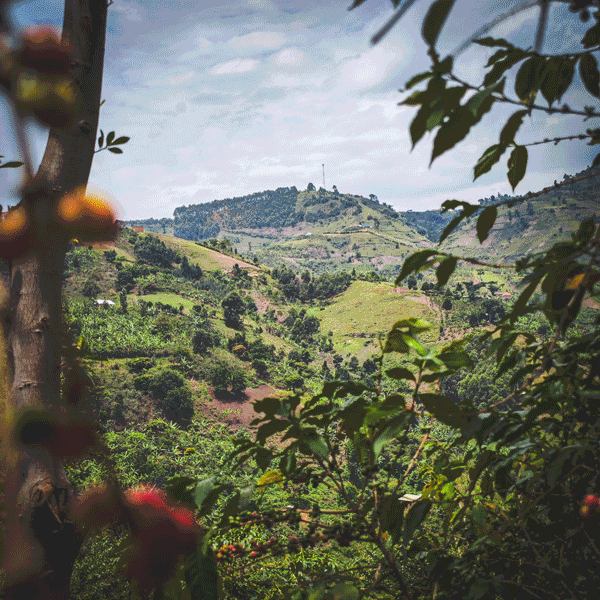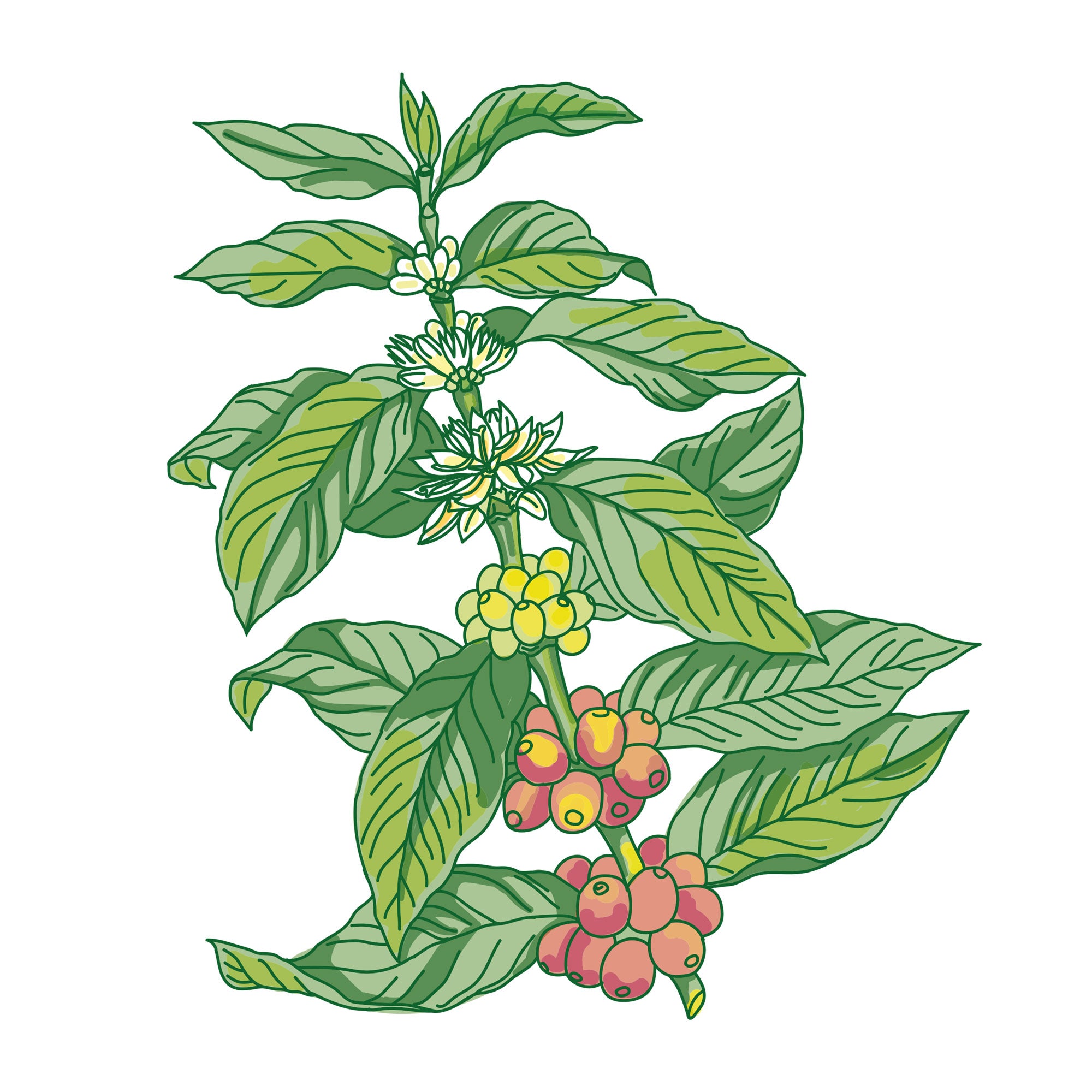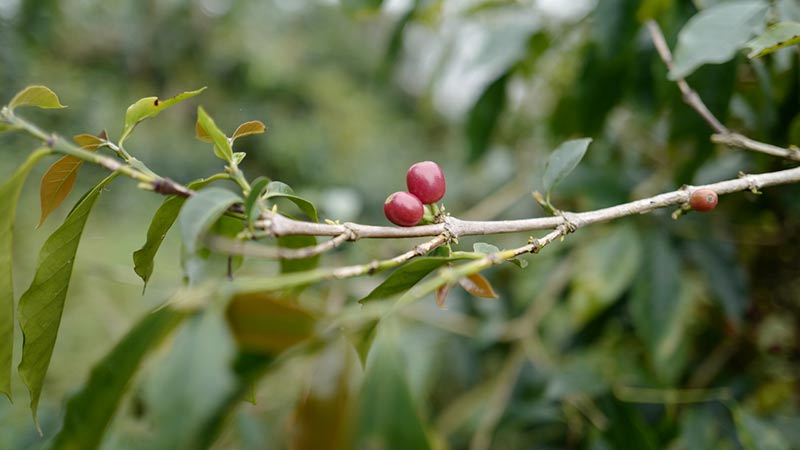JOURNAL | Coffee Processes

SEPTEMBER 2023 | Written by Sara Steele
There are several methods used to process coffee beans, each resulting in unique flavours and characteristics. Each process contributes to the final flavour profile of the coffee, making the world of coffee processing truly fascinating and diverse. Within the Lykke Coffee assortment, you might find these processing techniques:
The washed process, also known as the wet process, is characterised by meticulous attention to detail. Once the coffee cherries are harvested, they undergo a thorough washing to remove any dirt and impurities. The cherries are then pulped, separating the outer fruit layer from the beans. Next, the beans are fermented in water for a specific duration, effectively breaking down any remaining fruity material. After fermentation, the beans are thoroughly rinsed and then dried either on raised beds or using mechanical dryers. This process typically results in clean, bright coffees with pronounced acidity and clarity of flavour.
In the natural process, also referred to as the dry process, coffee cherries are laid out to dry in the sun or on raised beds without any initial washing or pulping. As the cherries dry, they naturally ferment, imparting their sugars and flavours to the beans. This process can take several weeks, with farmers regularly turning and monitoring the cherries to ensure even drying. Once the cherries are sufficiently dried, they are hulled to remove the outer fruit layer, revealing the green coffee beans. The natural processed coffees are known for their intense sweetness, heavy body, and fruity undertones.
The honey process, also known as the pulped natural process, strikes a balance between the washed and natural methods. After the cherries are harvested, they are pulped to remove the outer skin, but a sticky layer of fruit mucilage remains intact on the beans. The beans are then dried with the mucilage still attached, providing an opportunity for fermentation and flavour development. The degree of mucilage left on the beans can vary, ranging from white, yellow, red, or black honey, indicating a different level of sweetness and intensity. Honey-processed coffees often exhibit a syrupy body, pronounced sweetness, and subtle fruit flavours.
The semi-washed process, also called the pulped process or wet-hulled process, is prevalent in regions such as Indonesia and parts of Africa. In this method, ripe coffee cherries are pulped to remove the outer skin, similar to the washed process. However, instead of undergoing a complete fermentation, the beans are partially dried with the mucilage still intact. This semi-drying process imparts a distinct earthiness and a unique flavour profile to the coffee. After drying, the parchment layer surrounding the beans is removed and left exposed for further drying. Semi-washed coffees are known for their full body, low acidity, and earthy, sometimes spicy, flavour notes.
The carbonic maceration process is a relatively newer and experimental technique gaining popularity among speciality coffee producers. This method involves placing ripe coffee cherries in a controlled fermentation environment, often within sealed tanks or bags flushed with carbon dioxide. The oxygen-deprived environment and elevated carbon dioxide levels cause the cherries to undergo anaerobic fermentation. This process often leads to savoury, wine-like flavours and unique aroma profiles. Carbonic maceration coffees are known for their complexity, floral characteristics, and heavy yet delicate mouthfeel.








